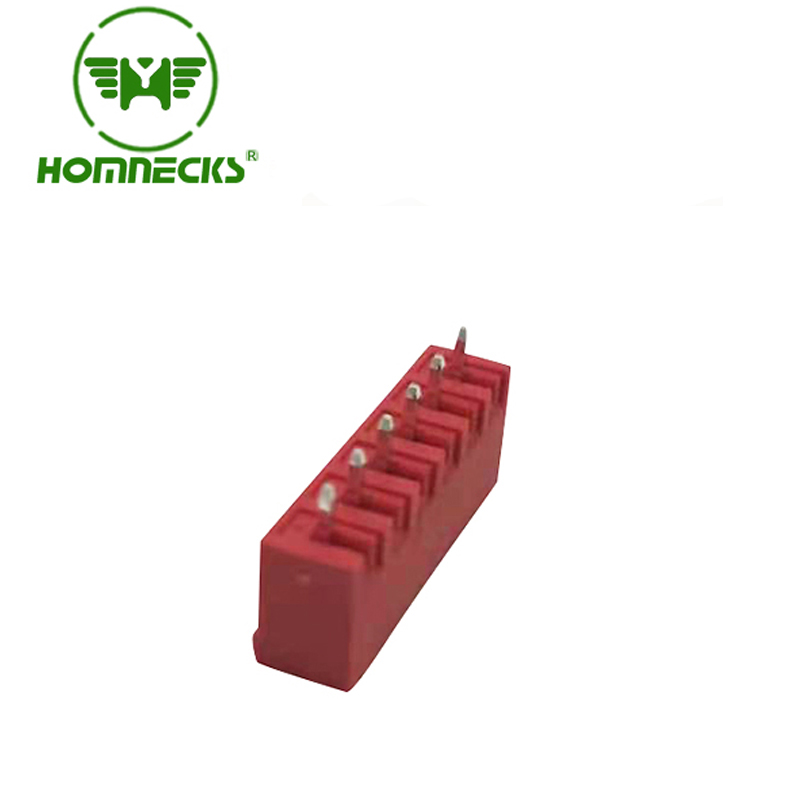With the rapid adoption of 5G technology, the global telecommunications industry is undergoing a revolutionary transformation. In this transformation, neodymium magnets (NdFeB magnets), as high-performance permanent magnetic materials, play an indispensable role. Although neodymium magnets are not visible in 5G devices, they are a critical component ensuring the efficient operation of communication equipment.

Neodymium Magnets in 5G Base Stations
5G base stations are the core infrastructure of 5G networks, and their performance directly determines network coverage and transmission speed. Great performance neodymium magnets play a vital role in the antenna systems and motors of 5G base stations:
- Antenna Adjustment Motors: Base station antennas require high-precision and stable motors to adjust their direction, ensuring optimal signal transmission. Neodymium magnets, with their high magnetic energy product and excellent temperature stability, are the ideal choice for these motors.
- Filters and Oscillators: Neodymium magnets are also used in filters and oscillators within base stations, components crucial for signal purity and stability.
The Key Role of Neodymium Magnets in Smartphones
5G smartphones are the primary devices through which users interact with 5G networks, and high quality neodymium magnets play a significant role here as well:
- Antenna Modules: 5G phones have more antennas than 4G devices and require higher precision to support multi-band signal transmission. Neodymium magnets, with their compact size and high efficiency, meet these demanding requirements.
- Speakers and Vibration Motors: Smartphone speakers and vibration motors also rely on neodymium magnets to deliver stronger performance and lower energy consumption, enhancing the user experience.

Other Applications of Neodymium Magnets in Communication Equipment
Beyond base stations and smartphones, neodymium magnets are widely used in other 5G communication equipment:
- Fiber Optic Communication Systems: Optical isolators and circulators use neodymium magnets to ensure one-way transmission of light signals, improving communication stability and efficiency.
- Small Cells and Distributed Antenna Systems (DAS): Small cells and DAS in 5G networks also require neodymium magnets to support their efficient operation.
How 5G Technology Drives Demand for Neodymium Magnets
The rapid development of 5G technology has significantly impacted the demand for neodymium magnets:
- Base Station Construction: The number of 5G base stations worldwide is expected to grow substantially in the coming years, directly driving demand for neodymium magnets.
- Proliferation of End Devices: As 5G smartphones and other end devices become more widespread, the neodymium magnets market will continue to expand.
- Supply Chain Challenges: The production of neodymium magnets relies on rare earth resources, particularly neodymium and praseodymium, making the stability of their supply chain a critical concern for the industry.

Future Outlook
As 5G technology continues to evolve, the applications of neodymium magnets in communication equipment will become even more extensive:
- 6G Technology: Research into 6G technology has already begun, and neodymium magnets are expected to play a greater role in higher frequency bands and more complex technical scenarios.
- Sustainability: With the increasing scarcity of rare earth resources, recycling neodymium magnets and researching alternative materials will become important future directions.
























